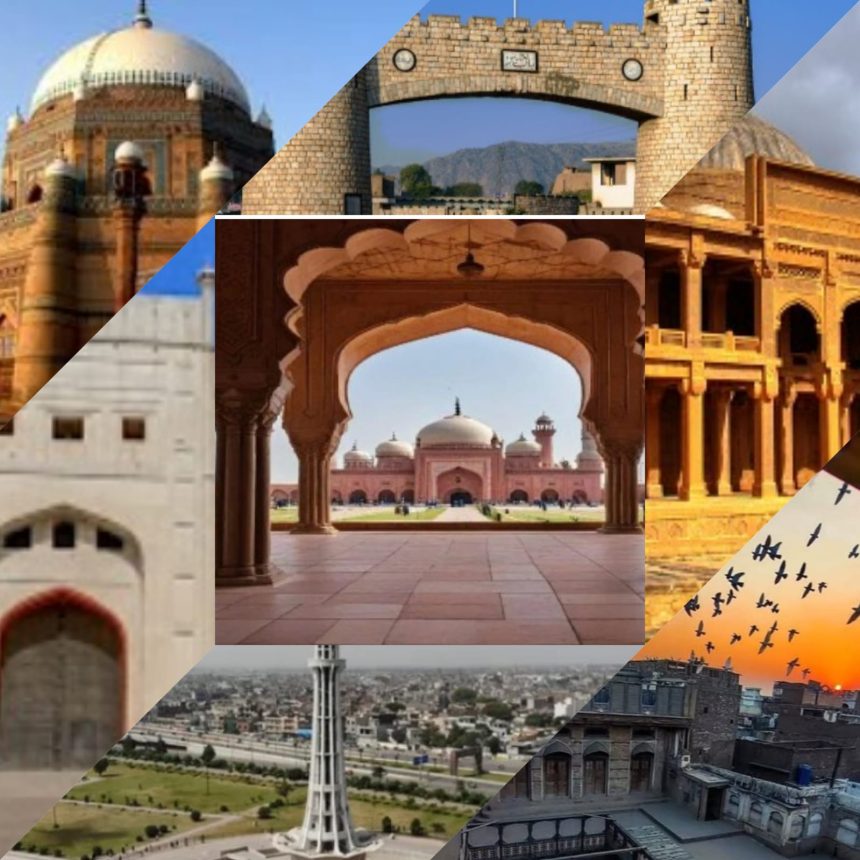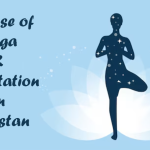Written by Rikhtiya — Discovering Secret Facts
- Introduction
- 1) Lahore Fort – The Majestic Mughal Fortress
- 2) Noor Mahal – The Palace of Lights
- 3) Badshahi Mosque – The Grand Legacy
- 4) Minar-e-Pakistan – A Monument of Independence
- 5) Ranikot Fort – The Great Wall of Sindh
- 6) Bab-e-Khyber – The Gateway to History
- 7) Makli Necropolis – The City of Silence
- 8) Katas Raj Temples – A Sacred Complex
- 9) Sethi House – The Architectural Marvel
- 10) Multan Fort – The Fort of Saints
Introduction
Pakistan, a land rich in history and culture, boasts numerous historical landmarks, each with its unique story. While many of these sites are well known, they also harbor untold stories that add depth to their heritage. This article uncovers the fascinating tales behind the top historical places in Pakistan.
1) Lahore Fort – The Majestic Mughal Fortress
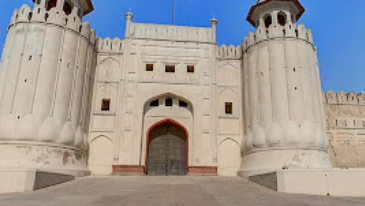
Lahore Fort, located in the heart of Lahore, is a magnificent symbol of Mughal architecture. Built by Emperor Akbar in the 16th century, it holds the Sheesh Mahal, Alamgiri Gate, and Naulakha Pavilion. The lesser-known story here is the network of secret tunnels allegedly linking the fort to other Mughal sites, designed for royal escapes during invasions.
2) Noor Mahal – The Palace of Lights

Located in Bahawalpur, Noor Mahal is an epitome of Italian and Mughal architecture. Built in 1872 by Nawab Sadiq Muhammad Khan IV, the palace is rumored to be haunted, as locals believe the Nawab abandoned it due to ominous dreams.
3) Badshahi Mosque – The Grand Legacy
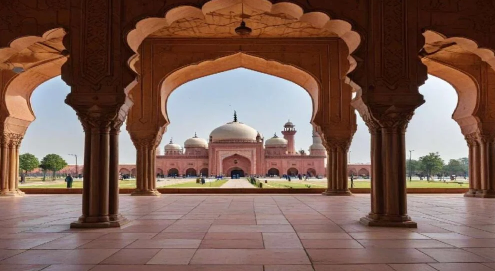
Constructed by Emperor Aurangzeb in 1673, Badshahi Mosque is one of the largest mosques in the world. While its grandeur is renowned, few know about the hidden chambers underneath the prayer halls, thought to have stored precious Mughal artifacts.
4) Minar-e-Pakistan – A Monument of Independence
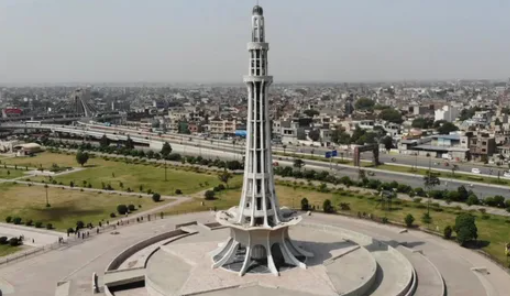
Situated in Iqbal Park, Lahore, Minar-e-Pakistan commemorates the Lahore Resolution of 1940. The structure’s base resembles a blossoming flower, symbolizing Pakistan’s emergence. An untold story links the site to a pre-partition gathering where independence slogans first echoed.
5) Ranikot Fort – The Great Wall of Sindh
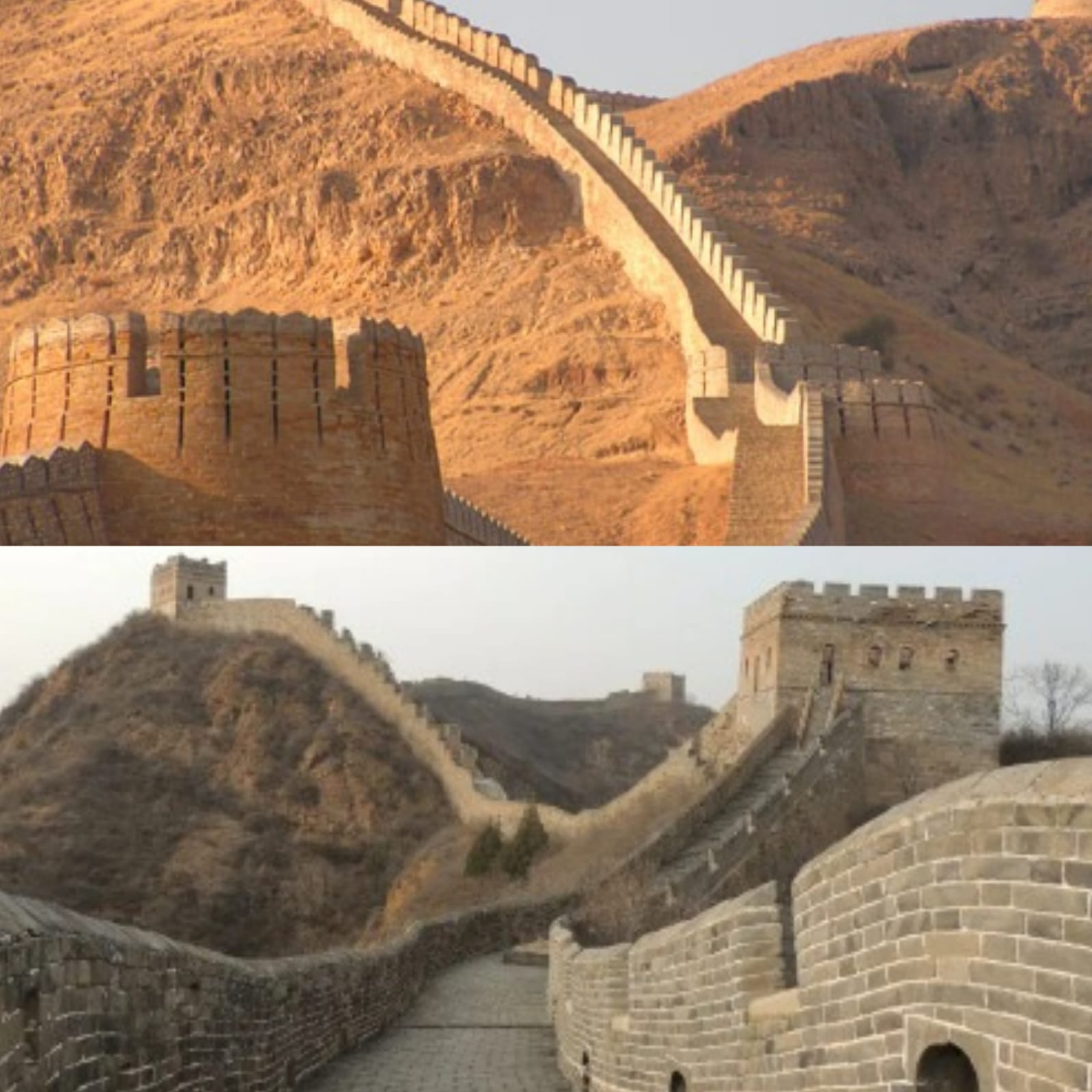
Known as the world’s largest fort, Ranikot’s purpose remains a mystery. Some historians speculate that it was built to guard the Silk Route, while others believe it was a defensive wall against tribal conflicts.
6) Bab-e-Khyber – The Gateway to History
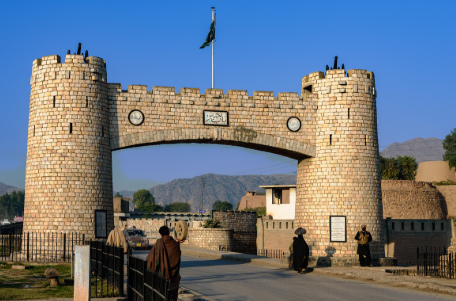
Situated at the entrance of the historic Khyber Pass, Bab-e-Khyber symbolizes resilience. Though known as a tribute to past warriors, it is also linked to ancient trade routes where countless caravans traversed between Central Asia and South Asia.
7) Makli Necropolis – The City of Silence
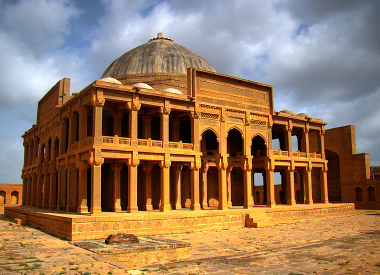
One of the largest graveyards in the world, Makli in Sindh is home to over a million tombs. An untold story here is the artistic blend of Islamic and Hindu architecture, symbolizing the peaceful coexistence during the Samma dynasty.
8) Katas Raj Temples – A Sacred Complex

Located in Chakwal, the Katas Raj Temples are an ancient Hindu pilgrimage site. The temples are believed to be over 1,500 years old. The holy pond, said to have formed from Shiva’s tears, remains a source of spiritual reflection for visitors.
9) Sethi House – The Architectural Marvel
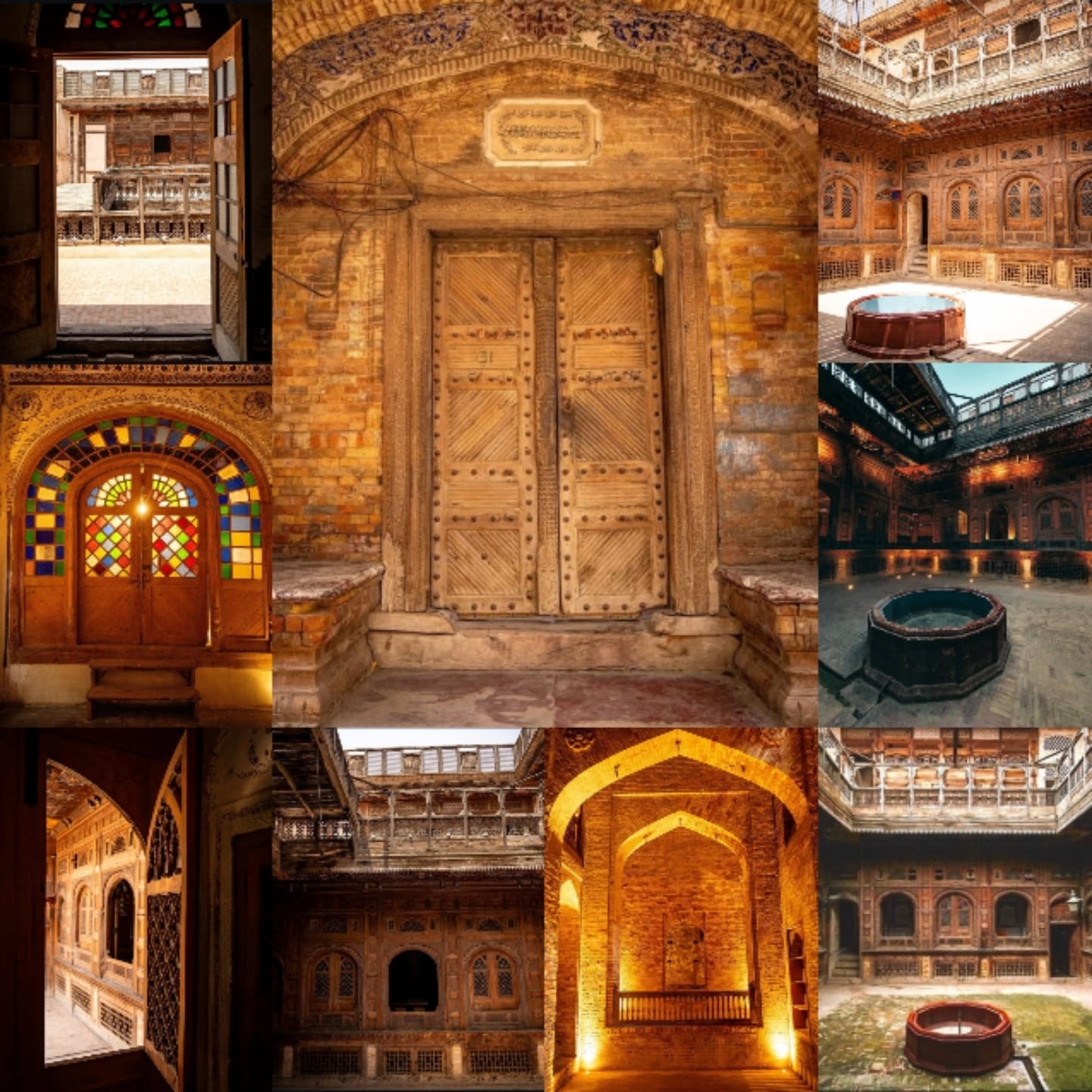
Sethi House, located in Peshawar’s historic Sethi Mohalla, reflects a fusion of Mughal, Persian, and Central Asian architecture. The untold story here is how the Sethi family, wealthy merchants, used the house as a hub for trade and culture in the early 20th century.
10) Multan Fort – The Fort of Saints
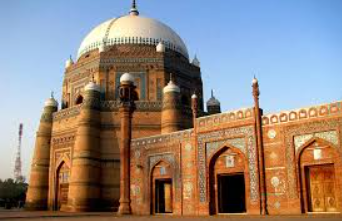
Multan Fort, a testament to the city’s rich history, once housed the famous Qasim Bagh. The fort has seen destruction and rebuilding over centuries. An untold tale reveals how the fort was a cultural center where Sufi poets gathered during the medieval era.
Conclusion
Pakistan’s historical places not only showcase the grandeur of past empires but also preserve countless untold stories that shape our understanding of heritage. Exploring these sites unearths the layered history that lies within their ancient walls.
Keywords: Historical places in Pakistan, Untold stories, Cultural heritage, Mughal architecture, Ancient forts in Pakistan

